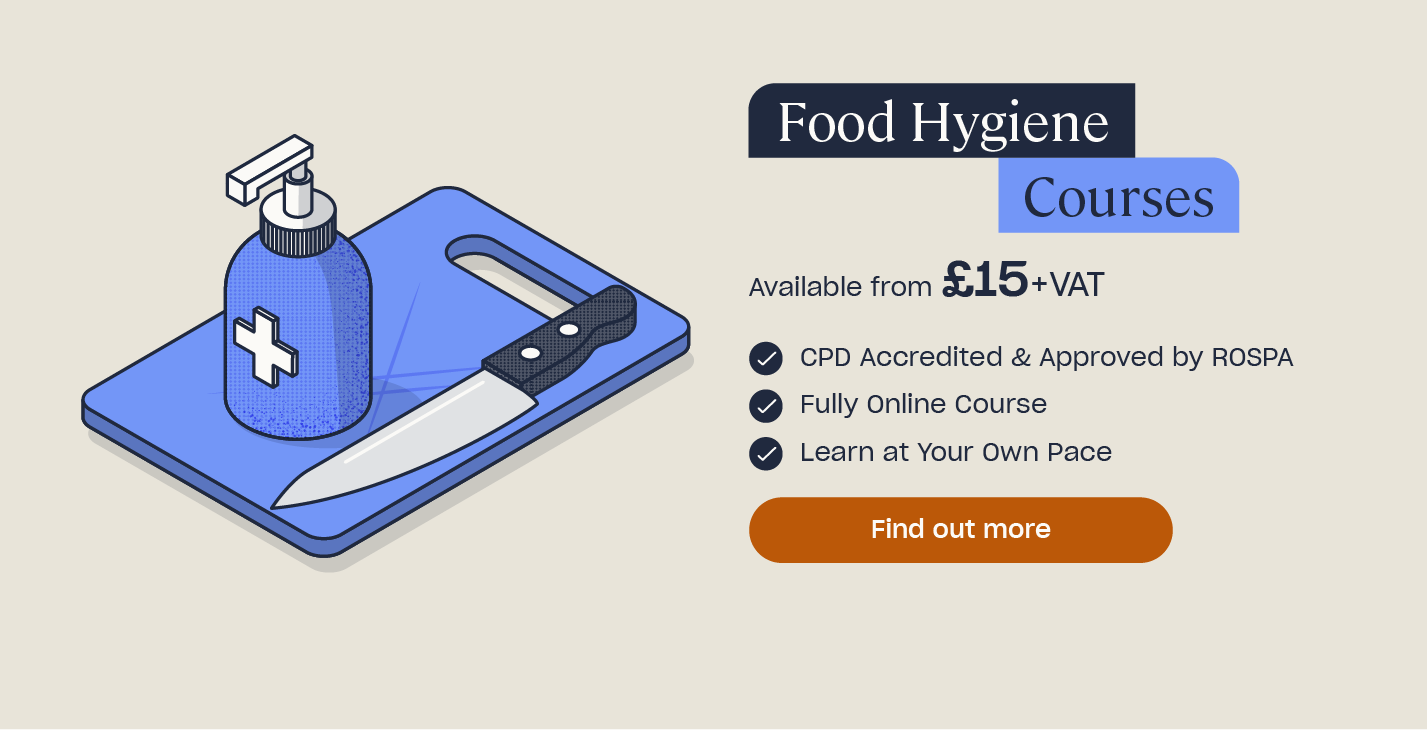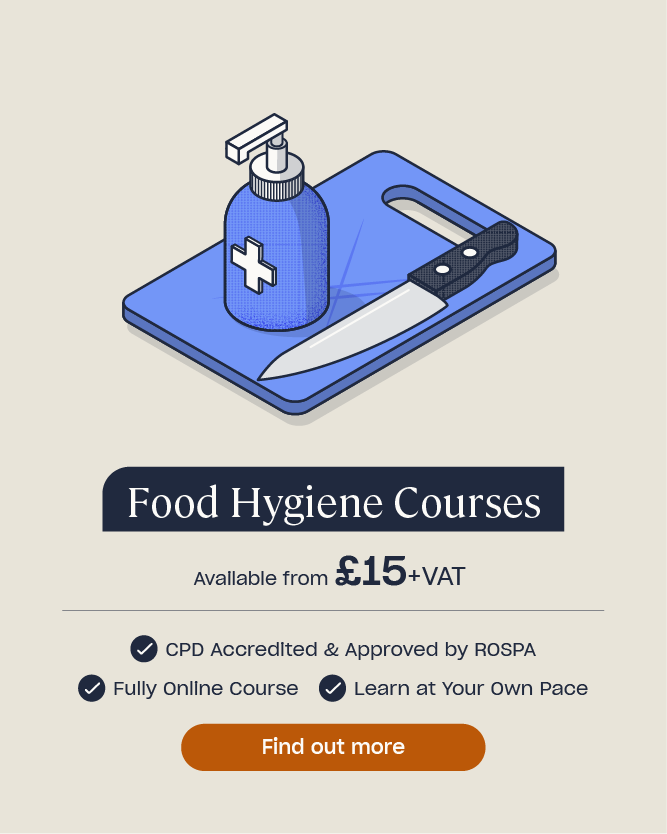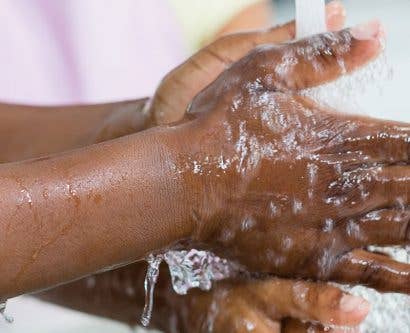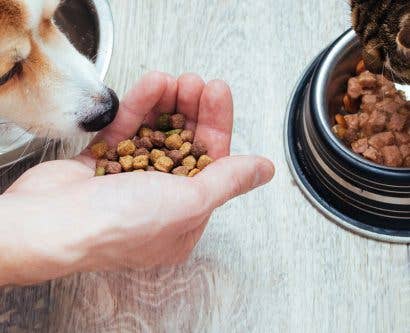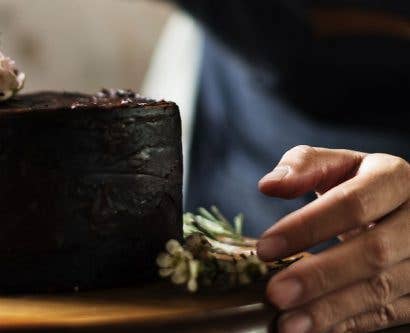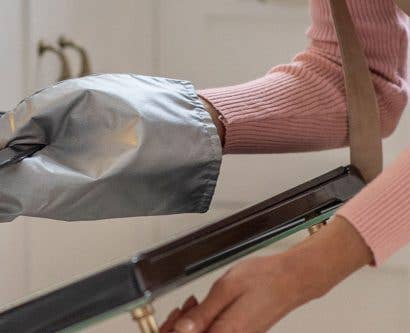A Guide to Cooking Methods: Techniques and Food Safety
Anyone who is passionate about cooking should have an understanding of the fundamental principles of cooking and food safety. Whether you are an aspiring chef, a culinary student or an enthusiastic home cook, understanding the core cooking techniques will help you to develop your skills and ensure that all dishes you create are not only delicious, but also safe to eat. In this guide we will explore the three core cooking methods, how they can be used to achieve different flavours and textures and how you can ensure you are maintaining high standards of food safety when using each one.
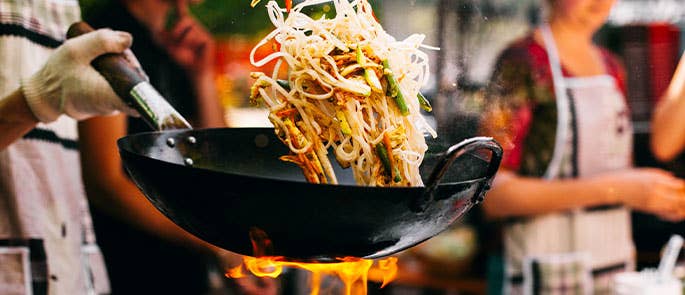
What are the 3 Types of Cooking Methods?
There are many different ways in which food can be cooked however they all fall under one of three main categories. The three types of cooking methods are; dry heat, moist heat and combination heat. Each method can result in different textures and flavours and a thorough understanding of each method will enable you to decide which is best for the desired outcome. Moreover, knowing more about the different cooking methods ensures that you choose the best kitchen equipment to achieve consistent results.
Below you will find a breakdown of the three cooking methods.
Dry Heat Cooking Method
Dry heat cooking refers to any cooking method in which heat is transferred to food without the use of moisture. Dry heat cooking involves the circulation of hot air or direct contact to fat (such as cooking oil) to transfer heat. It is often used for food that needs browning as the high temperature and lack of moisture causes the caramelisation of surface sugars.
Examples of dry heat cooking include:
- Baking – cakes, pastries, bread
- Grilling – meat, poultry, fish
- Roasting – vegetables, meat, poultry
- Sauteing – vegetables, meat, poultry
- Frying – vegetables, meat, fish
Moist Heat Cooking Method
Moist heat cooking refers to any cooking method that utilises moisture (such as liquid or steam) to cook food. Unlike dry heat cooking, moist heat cooking will not result in browning, however it can often be a healthier means of cooking as it rarely requires the use of fat or oil. Liquids such as wine or broth are often used during moist heat cooking as they will both transfer the heat to the food and add flavour during the cooking process.
Examples of moist heat cooking include:
- Sous Vide – eggs, fish, meat
- Poaching – eggs, poultry, fruit
- Simmering – soups, stocks, vegetables
- Steaming – vegetables, fish, rice
- Boiling – pasta, potatoes, eggs
Combination Cooking Method
Combination cooking refers to cooking methods that use both dry and moist cooking methods. One method may be used to prepare a food and then another to finish cooking it. Combination cooking is often used for tougher foods or cuts of meat that require long, gentle cooking.
Examples of combination cooking includes:
- Braising – meat, vegetables, legumes
- Stewing – meat, vegetables
- Blanching – vegetables, potatoes, meat
- Searing – meat, poultry
- Simmering – stocks, soups, vegetables
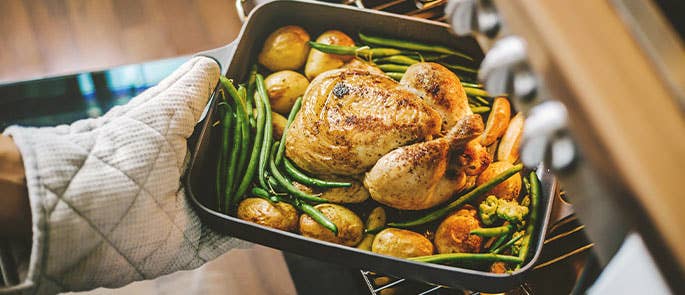
Food Safety and Best Practice Tips for Cooking Methods
Regardless of which cooking method you use you must ensure that you are taking all necessary precautions to keep food safe. Below you will find some practical tips on how you can keep food safe irrespective of which cooking method you use.
Ensure food is cooked thoroughly – It is vital that you ensure that all food has been cooked properly. Depending on the cooking method that you are using it may be harder to detect whether a food is cooked solely by sight. For example, as mentioned, dry heat cooking is often used for food that needs browning, however browning is not necessarily indicative of a food’s safety. As such, using a food thermometer can help you double check that all food has been cooked properly and that the internal temperature is safe. The Food Standard’s Agency (FSA) recommends that food should be cooked or heated to 70oC. This is above the temperature danger zone (the temperature range where food is most at risk of developing harmful bacteria) and cooking at this temperature reduces the amount of time it takes for bacteria to die.
Avoid cross contact – It’s common to use a wide range of ingredients when cooking a meal, however that doesn’t mean it’s safe when they come into contact with one another. It’s also important to consider cross contact when using a mixture of different cooking methods. As such, it’s important that you use separate utensils and regularly wash your hands. This helps to prevent cross contamination and cross contact ensuring that the food remains safe for people to eat. Using separate chopping boards will also help to reduce the risk of cross contamination.
Keep a clean environment – Cooking utilises heat to kill bacteria thereby rendering food safe to consume, however food can become unsafe to eat at any stage of the cooking process and you cannot rely solely on the heat of cooking to keep it safe. If your kitchen environment is unclean then there is a greater risk of contamination and the spreading of harmful bacteria that can make people sick. Regardless of whether you are an aspiring chef or enthusiastic home cook you must ensure that you keep your environment clean to avoid contamination. Adopting a clean as you go policy can be beneficial as it ensures that you are constantly keeping all surfaces and equipment clean and therefore safe to use.
As mentioned above, there are numerous different cooking methods that can be categorised under the three methods discussed. Nevertheless, these tips can be applied to any cooking method to help ensure that food is kept safe. Whilst you don’t necessarily need to adopt specific safety techniques for each individual method, having an awareness of each method enables you to recognise the potential risks that each one could pose.
The three types of cooking methods can be used in a variety of ways to achieve a myriad of results. Each method utilises heat in a unique way, creating a range of flavours and textures. Understanding the different methods ensures that you pick the right method for your desired outcome, enabling you to consistently create delicious food.
Further Resources:
- How to Prevent Food Spoilage
- Do You Know Which Fridge Shelves You Should Store Your Food On?
- Guidance on Storing Leftovers and Partly Opened Foods
- How to Reduce Food Waste at Home


